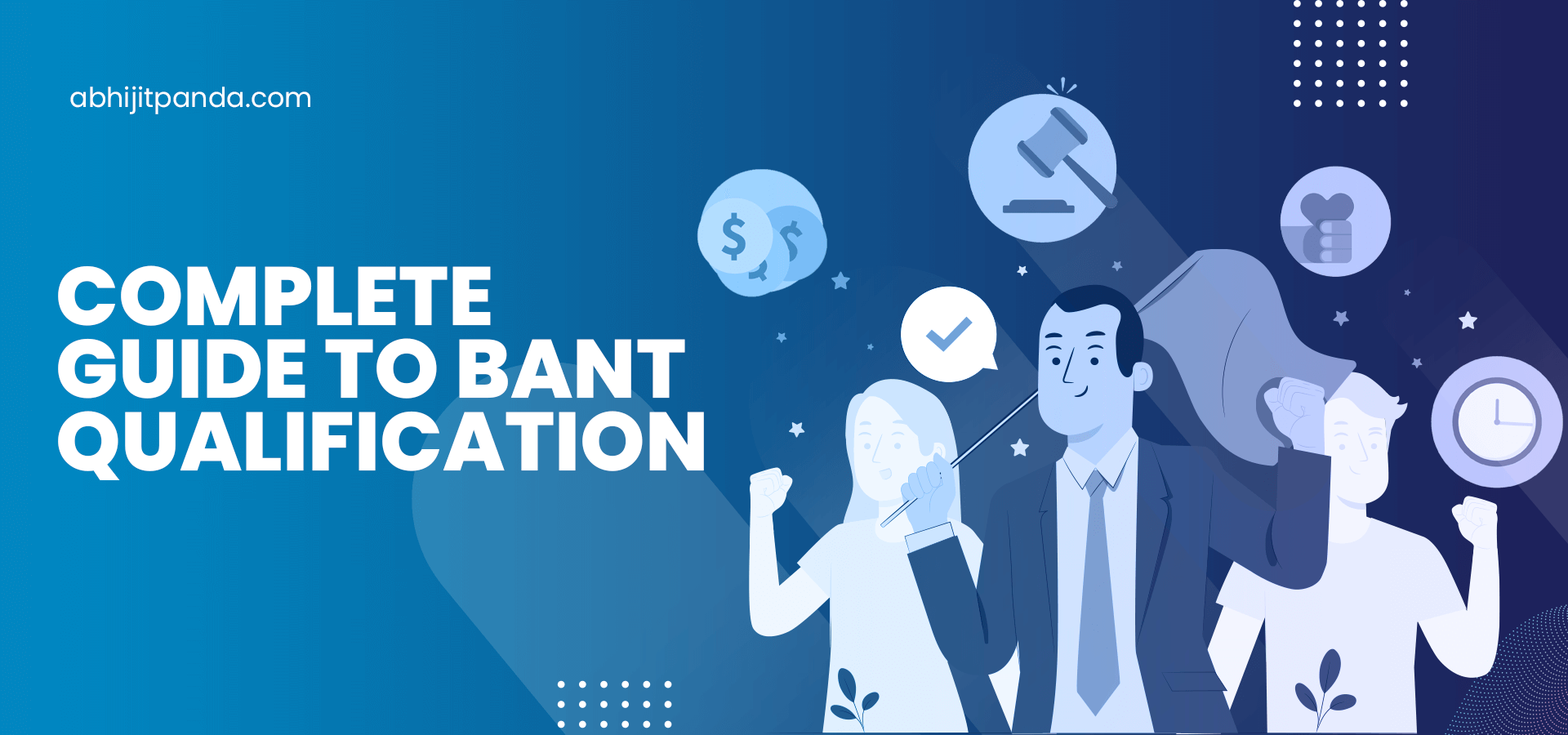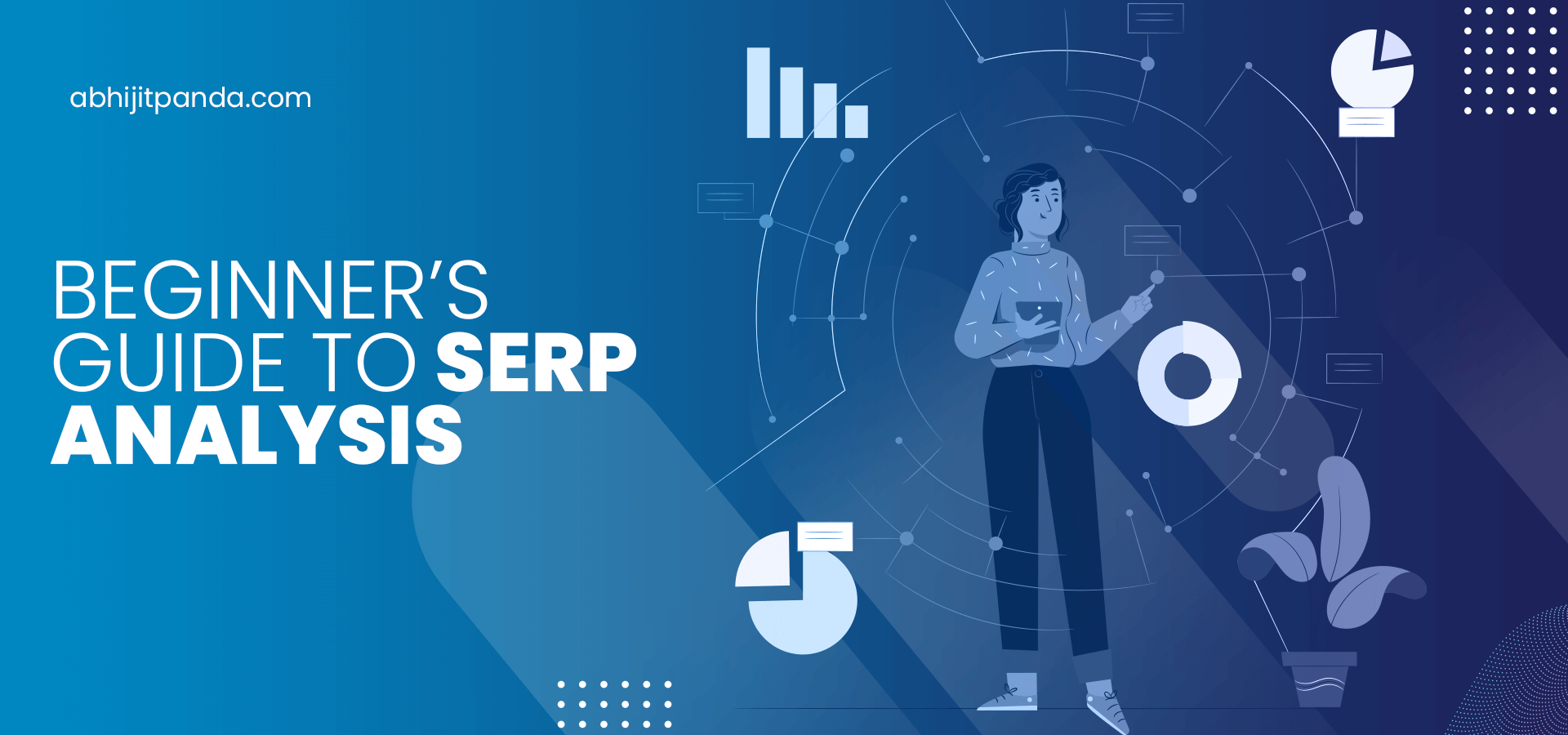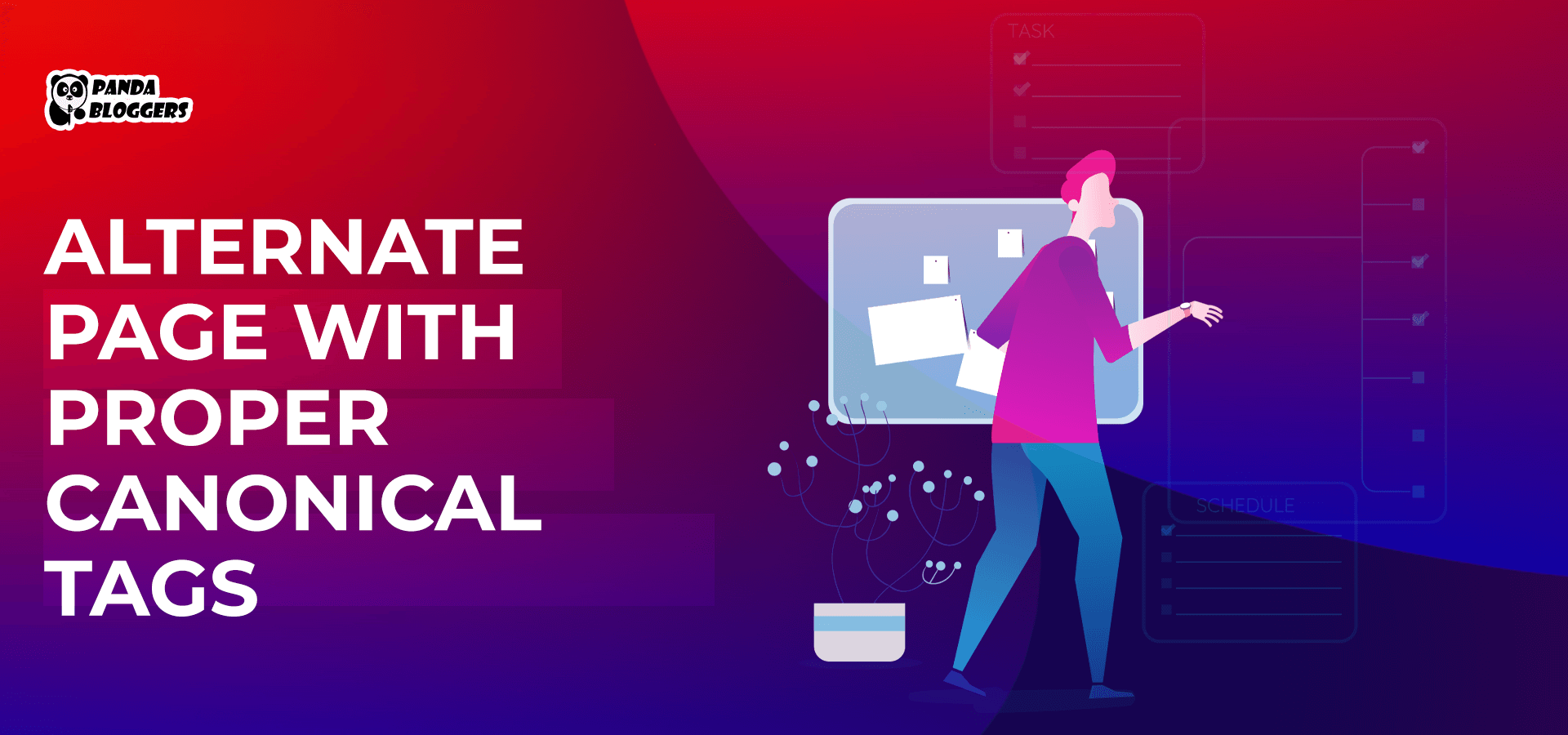 Complete Guide to BANT Qualification
Complete Guide to BANT Qualification
As an important stage in the formal sales development process, sales qualification streamlines and boosts lead nurturing and conversion by evaluating prospects. Salespeople use a variety of parameters to assess the chances of a lead being converted into a paying customer. Likewise, they streamline the lead qualification process using several lead qualification frameworks or methodologies, including BANT (Budget, Authority, Need, and Timeline).
BANT is a mature and widely-used lead qualification framework developed and formalized by International Business Machines Corp (IBM) in the 1950s. According to IBM,
“Opportunities are identified by speaking to prospects or clients to determine their business and solution needs. The IBM guidance for opportunity identification is to use a standard approach called BANT. According to the guidance, an opportunity is considered validated if the prospect meets three of four of the BANT items.”
IBM developed the BANT qualification framework with the aim to identify the leads worth pursuing quickly using four distinct parameters – budget, authority, need, and timeline. IBM keeps the lead qualification methodology flexible by allowing salespeople to add additional questions. Salespeople qualify leads only if they meet three of the four parameters while using the BANT qualification framework.
Key Parameters or Criteria of BANT Qualification Framework
Budget
The first parameter of the BANT qualification methodology helps salespeople to check if the prospect can afford the product or service. Salespeople ask a slew of questions to determine if the prospect has an adequate budget to buy the product or service. Also, they focus on identifying if the organization has an adequate budget as well as budget flexibility. Hence, this parameter primarily answers the below question.
Common Question: Does the prospect or lead have the ability and willingness to spend money on the product/service?
Authority
The second parameter of the BANT qualification framework ascertains if the lead or prospect is the decision-maker in the company. Salespeople ask a slew of questions to know if the lead has the power to make or influence the ultimate purchase decision. Also, they focus on identifying the additional decision-makers involved in the decision-making process. Hence, salespeople use this criterion to answer the following question.
Common Question: Does the prospect have adequate authority to make the ultimate sales decision?
Need
B2B leads look for products or services to meet precise business requirements or heal specific pain points. Hence, salespeople need to disqualify a lead if the product or service does not solve specific business problems or heal specific pain points. They use the third important parameter of the BANT qualification framework to answer the below question.
Common Question: What is the lead’s business needs and does she need the product/service to heal specific pain points?
Timeline
Some decision-makers look for solutions to heal pain points in a few months, while others are ready to address the issue in the future. The fourth important criterion of the BANT qualification framework helps salespeople know the exact timeline for making the purchase decision. They can influence or incentivize leads to close the sale deal by creating a sense of urgency if the lead wants to purchase the product or services in a few months.
Common Question: How much time does the prospect need to make the purchase decision and finalize the sales deal?
Adoption and Optimization of BANT Qualification Process for the Age of SaaS
IBM developed the BANT qualification methodology to revolutionize the sales of software products based on licensing fees. Most enterprises these days avail of software solutions based on the new-age software licensing and delivery model – Software as a service (SaaS). Hence, salespeople can leverage the old-horse sales qualification process only by changing and refining the key steps in the BANT sales process.
Sequence of Questions
While adopting the BANT qualification framework, salespeople often ask questions sequentially to determine budget, authority, need, and timeline. But they cannot implement the methodology successfully in the age of SaaS by interpreting it literally. They must customize the BANT methodology according to important aspects of individual sales processes – the type of buyer, length of the sales cycle, and nature of the product or solution. The salespeople must have the freedom to select and combine the parameters in the right sequence according to leverage the framework fully.
Prioritization of Needs over Budget
Unlike licensed software, SaaS solutions are available on a pay-as-you-go pricing model. Also, every organization has the option to choose from multiple subscription plans. Hence, salespeople, these days prioritize needs to budget. Before checking if the prospect can afford the SaaS product, they check if the SaaS product helps the organization to heal specific pain points. Hence, the third parameter of the conventional lead qualification framework becomes the primary and first criterion.
Multiple Business Stakeholders
In the 1950s, purchase decisions were made in most organizations by a single decision-maker. But purchase decisions these days are made by a group of stakeholders or decision-makers. Hence, salespeople cannot acquire more SaaS subscribers without identifying, influencing, and nurturing multiple. They need to refine questions to identify the decision-makers or business stakeholders involved in the process of buying SaaS products.
Expertise and Superiority
Decision-makers these days gather information from diverse sources during various stages in the sales process. No salesperson can impress or influence a decision-maker in the information age without highlighting the superiority of the product or service. They can appear confident and control the timeline only by showcasing their expertise and product superiority. A salesperson can close the sales deal in a short amount of time by convincing the decision-makers about the effectiveness of the product or service in healing specific pain points.
Multichannel Communication
IBM formalized the BANT qualification framework before the era of search engines and social media. But businesses these days generate leads by running multichannel digital marketing campaigns. Likewise, salespeople connect and interact with prospects using multiple communication channels. Hence, salespeople can qualify leads accurately only by gathering information about them from various sources. They must initiate multichannel communication to gather relevant information about the lead as well as identify all business stakeholders involved in the decision-making process.
BANT is one of the mature lead qualification methodologies that are still used widely by enterprises. Salespeople can customize the BANT qualification framework by adding or removing questions. But they must remember that they can leverage BANT only by building a rapport with the prospect. In addition to combining the right questions, salespeople need to ask the questions naturally and conversationally.









Leave a Reply